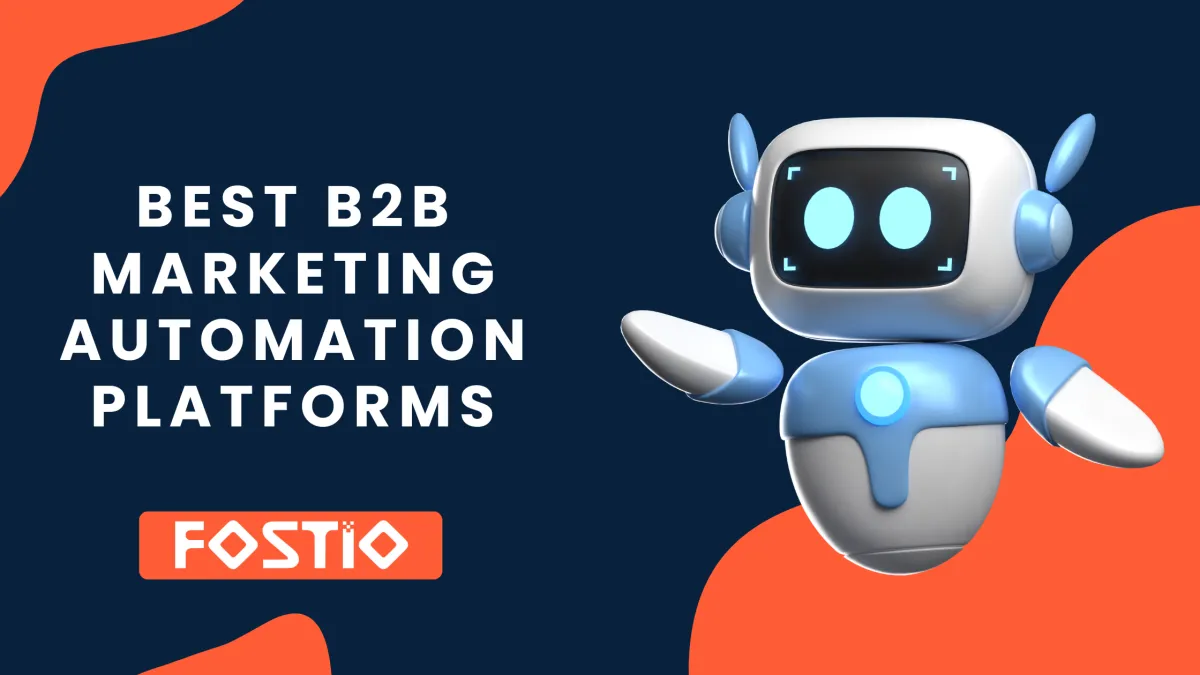AI-Powered Social Media Tools for SaaS: What’s Worth It?
A deep dive into AI-powered social media tools for SaaS what works, what doesn’t, and how to choose tools that drive real growth.

A deep dive into AI-powered social media tools for SaaS what works, what doesn’t, and how to choose tools that drive real growth.

Discover the best SaaS onboarding flows with real examples and expert tips to boost user activation, reduce churn, and improve retention.

Discover the top B2B marketing automation platforms to streamline your sales process, nurture leads, and boost conversions. Find the right tool to scale your business today!

Discover what sales automation is, how it works, and how it can streamline your sales process. Learn the key benefits, tools, and strategies to boost efficiency and close more deals.

Discover what to include above the fold on your landing page to boost conversions, capture attention, and turn visitors into customers.

Discover how a real estate sales funnel can streamline your lead generation and increase conversions. Learn what it is and get expert tips to optimize your real estate marketing strategy.
Address: 99 Wall Street #1258 New York, NY 10005
Mobile: +1(929)645-1050 / +919871220438
FOLLOW US ON


100% PCI Compliant
Address:
B-001, Phase-1, Sobha International City, sector-109, Near Dwarka Expressway, Gurgaon, Haryana - 122017
Mobile: +919871220438
FOLLOW US ON